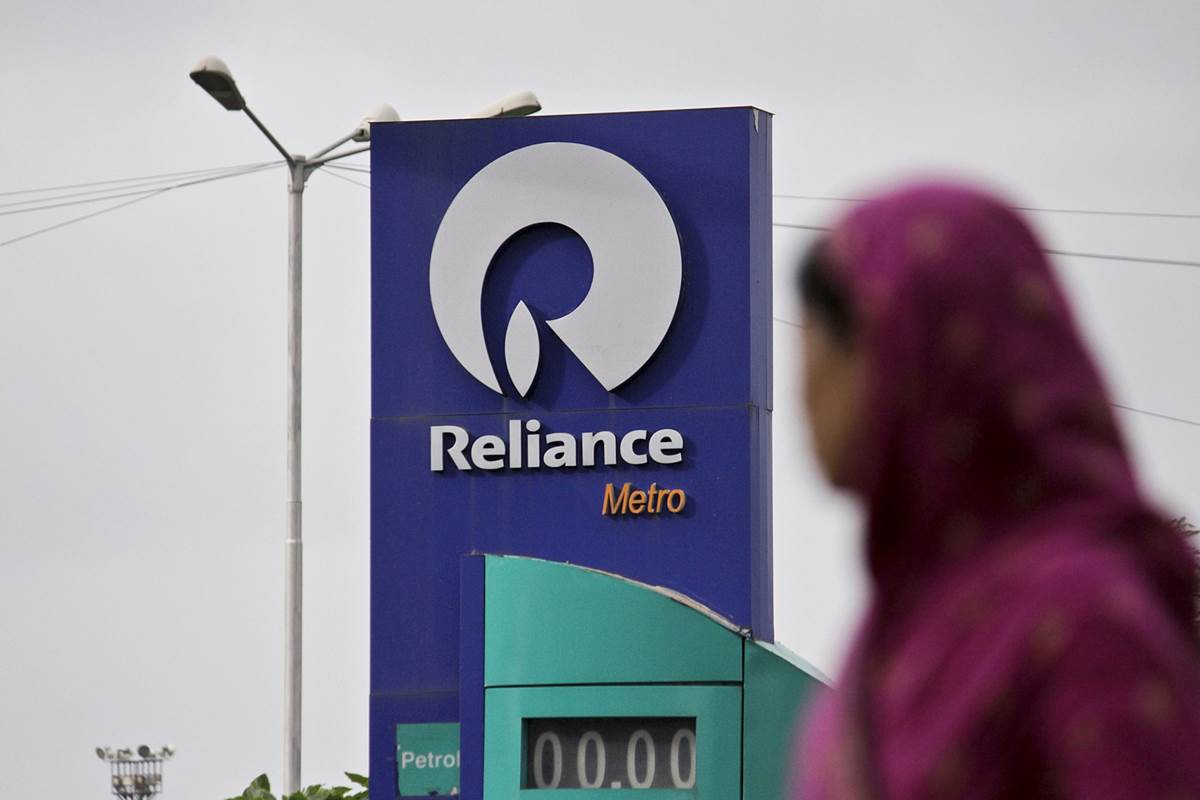Reliance Reverts to Oil Indexation, Seeks Buyers for 4 MMSCMD 2023

Reliance Reverts to Oil Indexation, Seeks Buyers for 4 MMSCMD 2023
Reliance Industries Limited, one of India’s largest conglomerates, has recently announced its decision to revert to oil indexation for its Krishna-Godavari (KG) basin natural gas, marking a significant shift in its pricing strategy.
This move has garnered attention in the energy sector and is expected to have far-reaching implications for the Indian gas market.

Additionally, Reliance is actively seeking buyers for 4 million metric standard cubic meters per day (MMSCMD) of natural gas produced from the KG-D6 block, further signaling its commitment to expanding its presence in the domestic gas market.
The KG-D6 basin, located off the east coast of India in the Bay of Bengal, is one of India’s premier natural gas-producing regions. Reliance Industries operates the KG-D6 block in partnership with BP (British Petroleum). Over the years, the KG-D6 block has been a significant source of natural gas production for India, playing a pivotal role in the country’s energy mix.
In recent years, Reliance had shifted away from oil indexation for pricing the gas produced from the KG-D6 basin. Instead, they adopted a domestic natural gas pricing formula, which was based on a weighted average of international gas prices and the prices of gas in key international markets such as the United States, Canada, and the United Kingdom.
This shift aimed to make gas prices more transparent and aligned with global market dynamics.

However, the decision to revert to oil indexation suggests that Reliance sees value in returning to a pricing strategy that links the cost of gas to international crude oil prices. This shift is not unique, as many gas-producing companies around the world use similar pricing mechanisms, primarily due to the historical correlation between oil and gas prices.
Several factors likely influenced Reliance’s decision to return to oil indexation for KG gas:
- Oil-Gas Price Correlation: Historically, there has been a strong correlation between crude oil and natural gas prices. By indexing KG gas to oil prices, Reliance can ensure that its gas pricing remains competitive and responsive to market dynamics.
- Global Energy Trends: The global energy landscape has witnessed significant changes, including a surge in demand for natural gas as a cleaner alternative to coal and oil. Oil indexation allows Reliance to align its pricing with the broader trends in the energy market.
- Market Stability: Oil indexation provides stability in pricing, which can be appealing to both buyers and sellers. It simplifies the pricing mechanism and reduces volatility, making it easier for Reliance to attract buyers for its gas.
In addition to the pricing strategy shift, Reliance is actively seeking buyers for 4 MMSCMD of natural gas produced from the KG-D6 block. This move signifies Reliance’s commitment to expanding its presence in the domestic gas market. The company is open to long-term supply agreements with various industries, including power generation, petrochemicals, and city gas distribution.

The search for buyers is in line with India’s efforts to promote the use of natural gas as a cleaner and more sustainable energy source. The government has been actively promoting natural gas use through various policies and initiatives, including the “Gas4India” campaign, which aims to increase the share of natural gas in India’s energy mix.
In a strategic shift that underscores the volatile dynamics of the global energy market, Reliance Industries Limited (RIL) has decided to revert to oil price indexation for the sale of gas from its prolific Krishna Godavari (KG) D6 block.
This move marks a departure from the gas pricing mechanism based on the government-mandated formula linked to a set of global indices.
Additionally, Reliance is actively seeking buyers for a substantial quantity of 4 million metric standard cubic meters per day (mmscmd) of its natural gas.
Historically, the pricing of natural gas in India has been a contentious issue, given its critical role in the energy mix of the country. In earlier years, the government had a more significant say in pricing, which often led to underrecoveries for producers like Reliance. However, market reforms have seen a gradual move towards a more liberalized pricing regime.
For Reliance, the KG D6 block has been a cornerstone asset, contributing significantly to India’s domestic natural gas production.
The company, in partnership with BP, has invested billions in bringing deepwater gas fields to production. The original formula for pricing gas from this block was linked to the prices of fuel oil, naphtha, coal, and imported LNG, which offered some correlation to oil prices but was not directly indexed to them.
Reliance’s decision to revert to oil price indexation for its KG gas is indicative of the changing landscape in the energy market. With crude prices recovering from their historic lows and demand patterns shifting, oil-indexed contracts may offer more stability and predictability in revenue streams.

This shift could also reflect Reliance’s confidence in the market’s willingness to accept oil-linked prices for its gas. Such a pricing mechanism is commonplace in long-term LNG contracts, although it has been under scrutiny due to the volatility in oil markets. By returning to oil indexation, Reliance is perhaps betting on a continued recovery in oil prices and a more bullish outlook for hydrocarbons in the short to medium term.
Alongside the change in pricing strategy, Reliance is on the lookout for buyers for a significant volume of gas. The 4 mmscmd figure represents a large chunk of the total capacity from the KG D6 block, and finding buyers will be crucial for the company to secure the returns on its massive investments.
The search for buyers is not just about selling the gas; it’s also about finding partners who can commit to long-term off-take agreements, which are essential for the financial stability and planning of large-scale projects like KG D6. These buyers are likely to be a mix of power plants, fertilizer manufacturers, and other industries that rely heavily on natural gas.

The move to oil indexation and the search for buyers come with their own set of challenges and opportunities. On the one hand, there is a clear risk associated with tying gas prices to the inherently volatile oil market. Unexpected swings in oil prices can affect the attractiveness of KG gas to potential buyers, particularly if alternative sources are available at competitive rates.
On the other hand, if the strategy pays off, Reliance could set a precedent for other domestic producers, strengthening the case for more market-driven pricing mechanisms in the Indian gas sector. This could also have broader implications for India’s energy policy, potentially accelerating the move towards a more open and competitive market.
Reliance’s strategy reflects a broader trend where producers are seeking greater autonomy in pricing their output. For India, which is looking to increase the share of natural gas in its energy mix from 6% to 15% by 2030, the successful implementation of oil-indexed pricing could lead to increased investment in the sector.
Moreover, Reliance’s attempt to secure buyers for a large volume of gas is a testament to the growing demand within the country. With the government pushing for a gas-based economy, there is an inherent demand for cleaner fuels, and natural gas fits the bill.

Reliance Industries’ decision to revert to oil indexation for KG gas pricing and its active pursuit of buyers for 4 MMSCMD of gas signals a strategic shift in the company’s approach to the natural gas market.
This move aligns with global energy trends, offers stability in pricing, and supports India’s push for cleaner energy sources. As Reliance continues to explore opportunities in the domestic gas market, its actions will likely have a significant impact on India’s energy landscape in the years to come.

Reliance Industries Limited’s pivot back to oil indexation for its KG D6 gas and its quest for buyers for 4 mmscmd is a significant move in the Indian energy sector. It reflects the company’s adaptive strategy in a complex global market and underscores the importance of flexible and market-oriented pricing mechanisms.
How this move will play out remains to be seen, but it certainly sets the stage for an intriguing chapter in the evolution of India’s natural gas industry.




